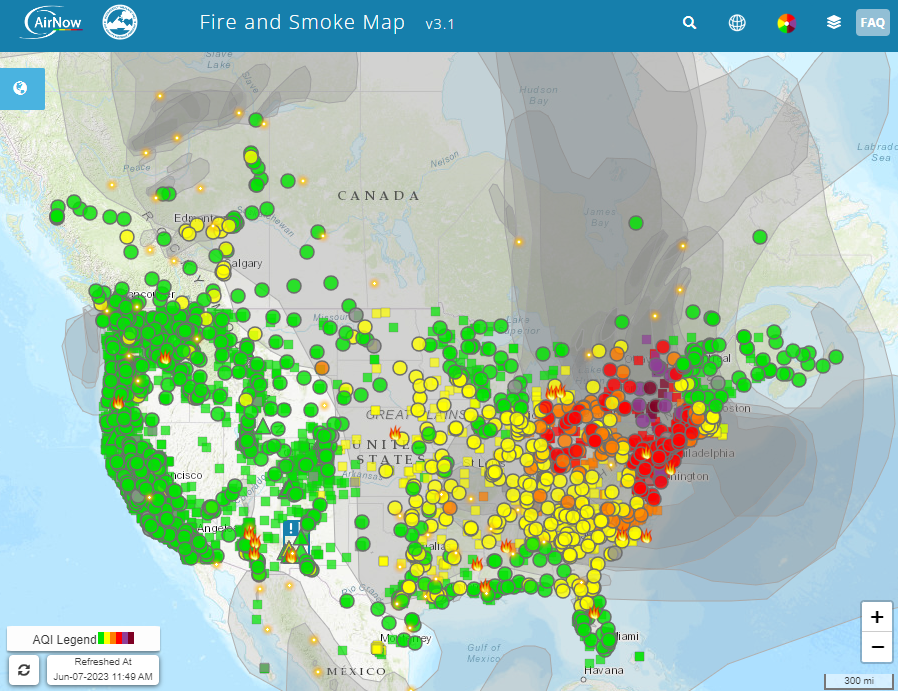#Wildfire smoke is impacting large portions of the Eastern United States. Stay up-to-date with air quality in your area: fire.airnow.gov
Here’s what you can do to protect yourself when smoke is in the air ⬇️
Here’s what you can do to protect yourself when smoke is in the air ⬇️

✅ If it looks or smells smoky outside, take it easier to reduce how much smoke you inhale
✅ Choose a mask that will help protect you from smoke
✅ Limit time spent outdoors by only performing essential activities and take frequent breaks indoors
✅ Reschedule outdoor work tasks
✅ Choose a mask that will help protect you from smoke
✅ Limit time spent outdoors by only performing essential activities and take frequent breaks indoors
✅ Reschedule outdoor work tasks
❔Wondering which mask is best? N95 respirator masks provide the best protection from wildfire smoke. Cloth masks will not protect you from wildfire smoke.
• • •
Missing some Tweet in this thread? You can try to
force a refresh

 Read on Twitter
Read on Twitter







